Search

Lessons From Alternative Calving Workshops
Recently, the South Dakota Grassland Coalition and SDSU Extension held workshops across the State focused on sharing information from experienced livestock producers who have switched to a calving date more in sync with nature.
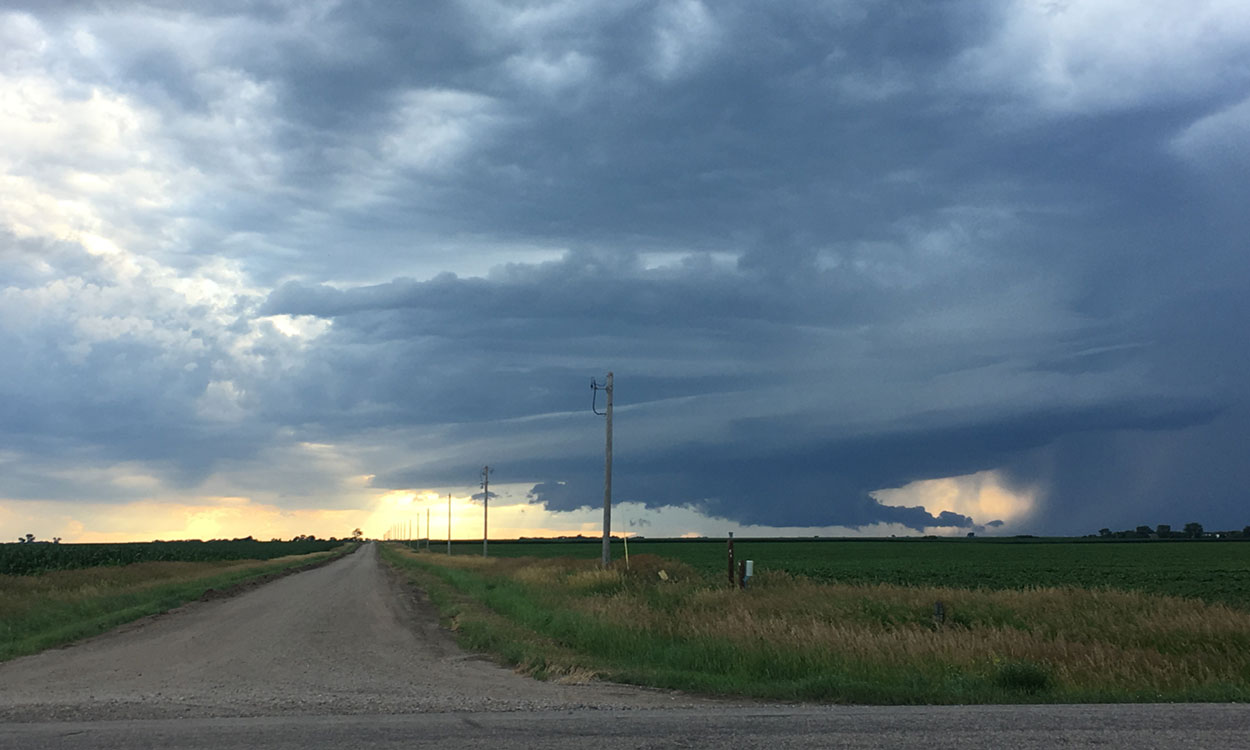
Summer Severe Weather Safety
Hail, high winds, heavy rain, lightning, tornadoes. These weather phenomena are common during South Dakota summers. Stormy weather can be beautiful to see, especially in our evening skies, but it can also be dangerous or life-threatening.

Removing Young Trees From Grasslands Will Save Money and Effort
Volunteer trees can hinder the development of desirable wildlife habitat and livestock resources. Early control of volunteer woody species is the simplest and most cost-effective option for maintaining open grassland habitats.

Removing Mature Shelterbelts From Grasslands
Under what circumstances would removal of mature shelterbelts be warranted? This is a common question often asked in wildlife and conservation circles.
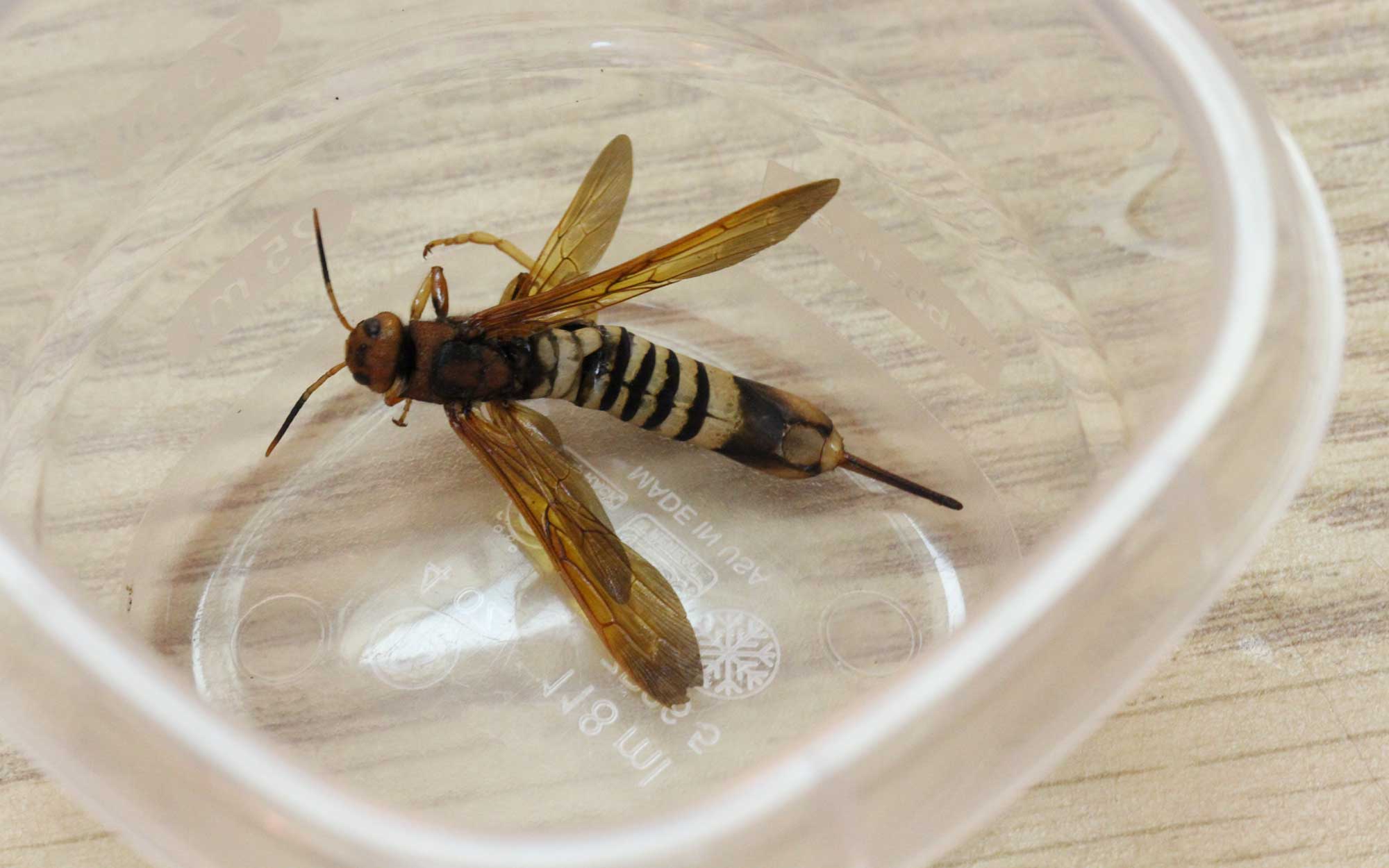
Huge Wasps on My Tree! No, Those Still Aren’t Murder Hornets.
Another insect that has been mistaken for the Asian giant hornet (also known by its media-popularized name of ‘murder hornet’) is the horntail wasp. Horntail wasps are wood-boring insects that are harmless to humans, as they do not have venom and cannot sting.
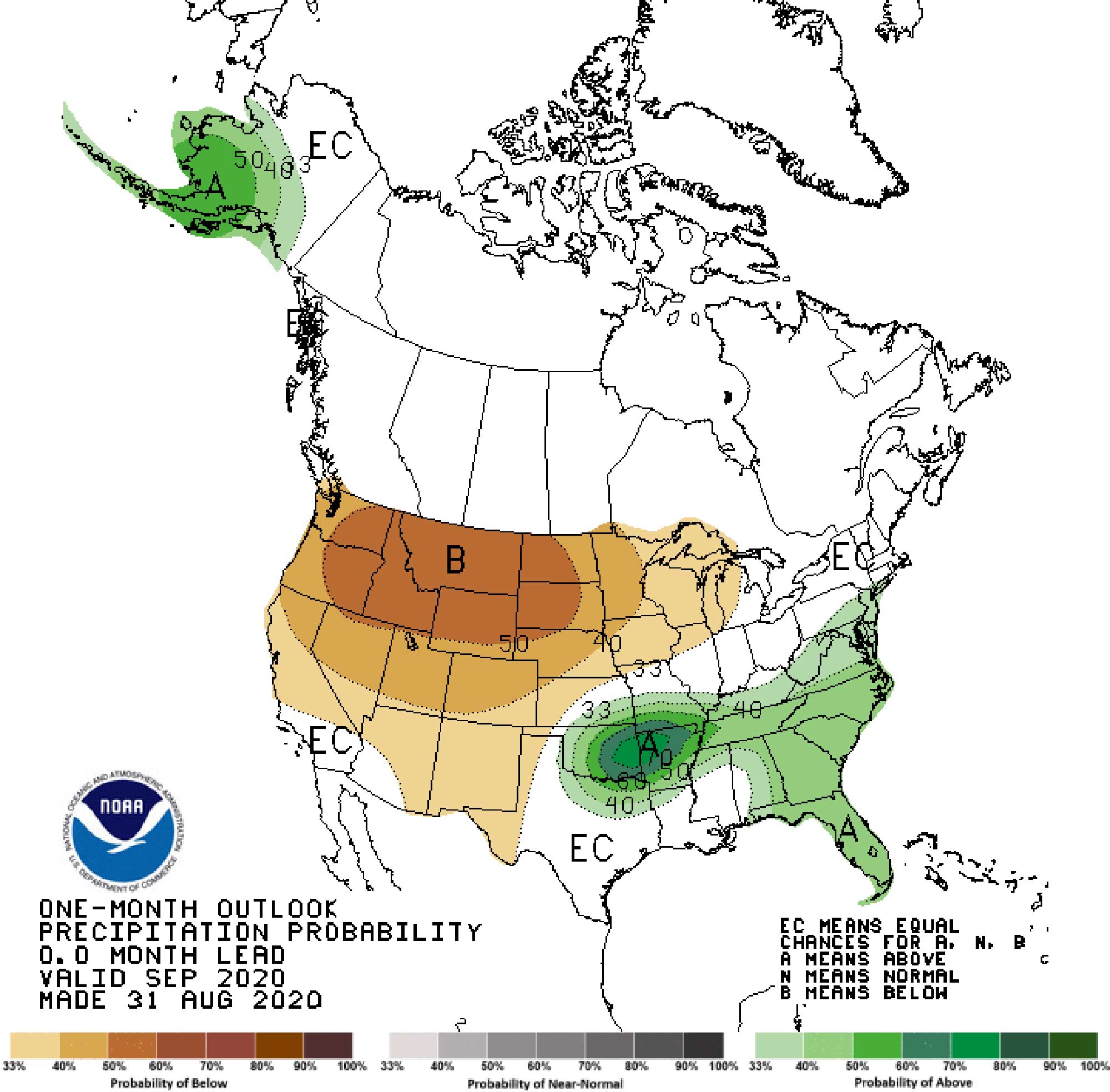
September 2020 Climate & Drought Outlook
Summer has its last hurrah the first week of September before we see potential for our state’s first freeze of the fall season, according to NOAA’s Climate Prediction Center.
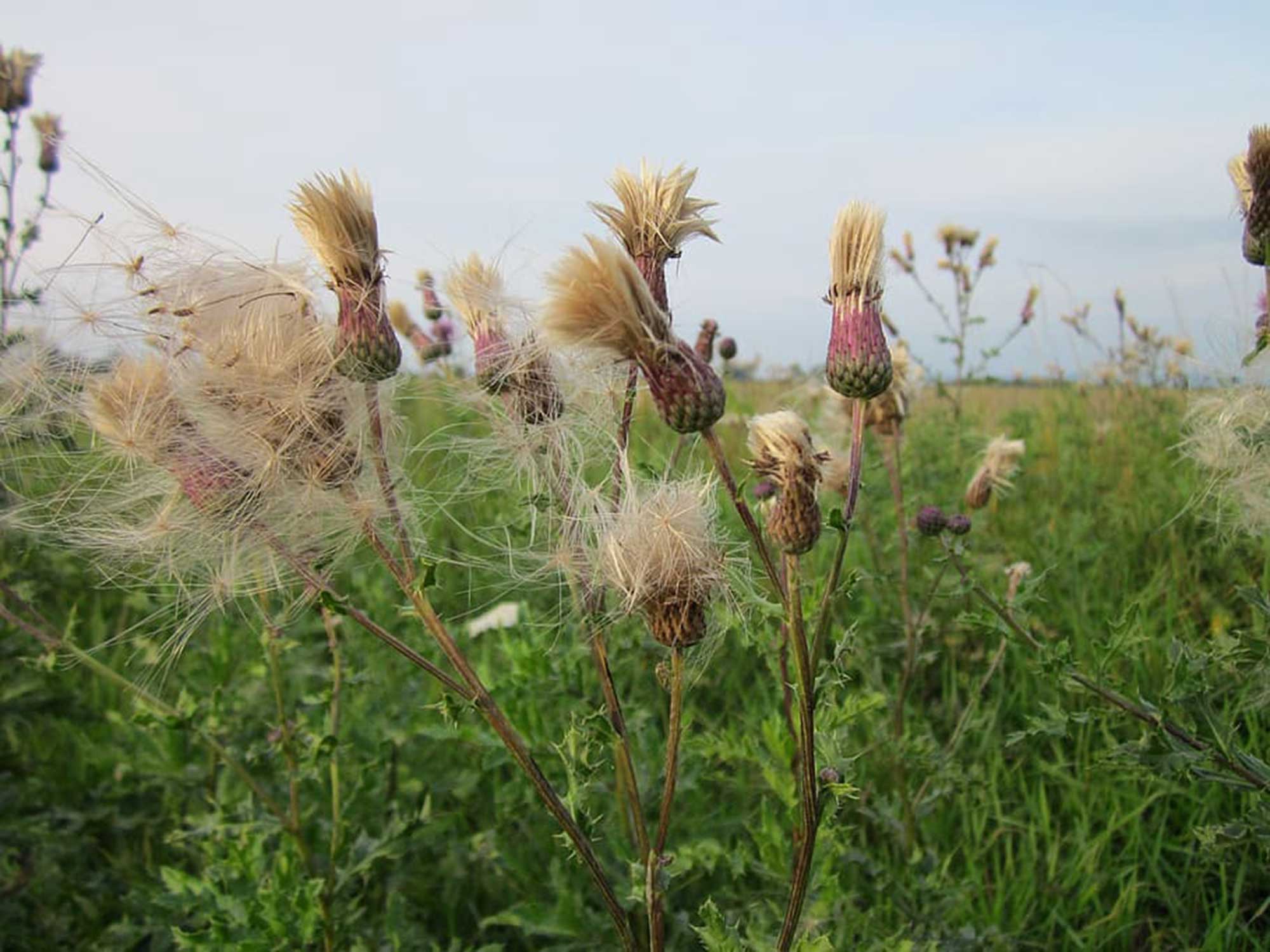
Dense Seeding Can Reduce Canada Thistle in Planted Grasslands
Canada thistle is a common invader in grassland plantings. Over the past decade, researchers and land managers have experimented with controlling Canada thistle in planted grasslands through increasing competition from desirable plants.
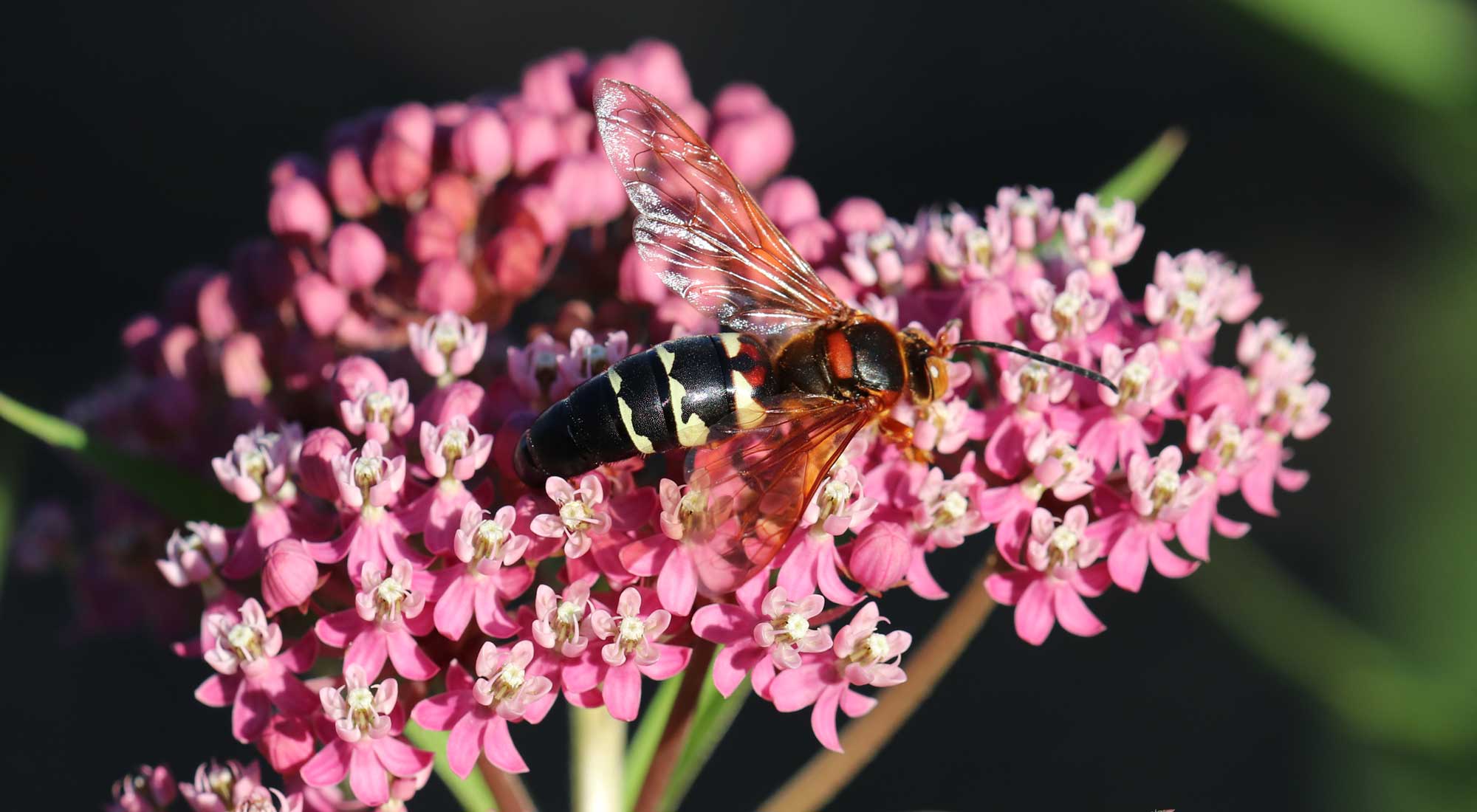
Giant Wasps Are Invading My Yard! No, They Still Aren’t Murder Hornets.
Every year we receive multiple reports of giant wasps that seem to invade yards and gardens. These wasps aren’t the same as the so-called "murder hornets," but are actually cicada killer wasps.
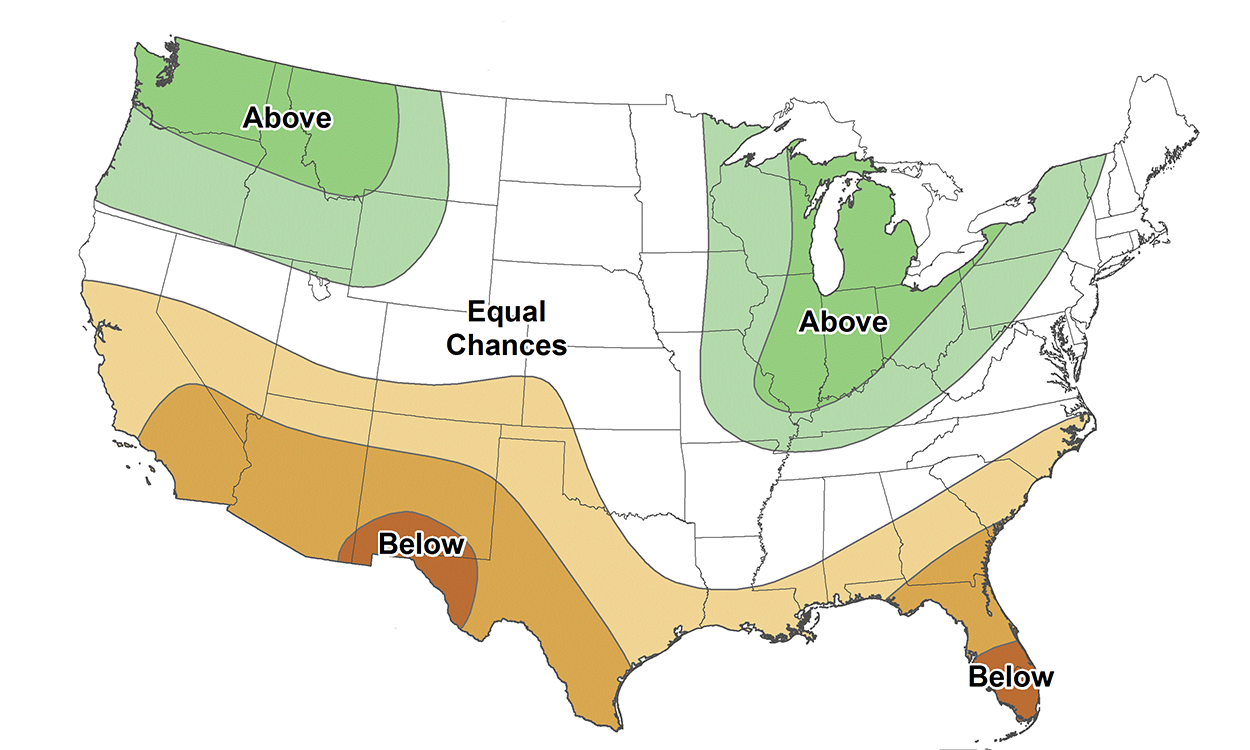
La Niña Expected to Influence 2021-22 Winter Climate
November 23, 2021
La Niña conditions have been officially declared this season by the National Oceanic and Atmospheric Administration (NOAA), but what does that mean for South Dakota’s winter climate, and this year’s outlook in particular?

Cedar Trees and Rangeland Loss
The issue of cedar tree invasion into South Dakota’s rangelands tends to be a regional conversation. There is generally broad agreement among most resource professionals that these trees are in fact changing our landscape in a negative way.